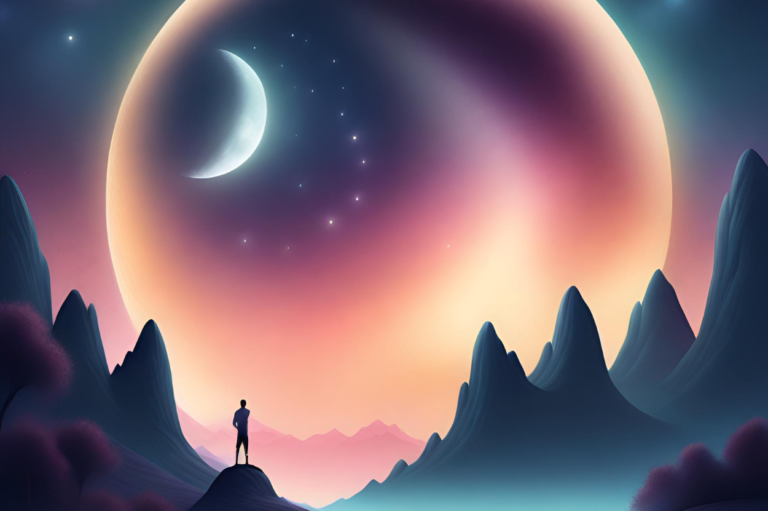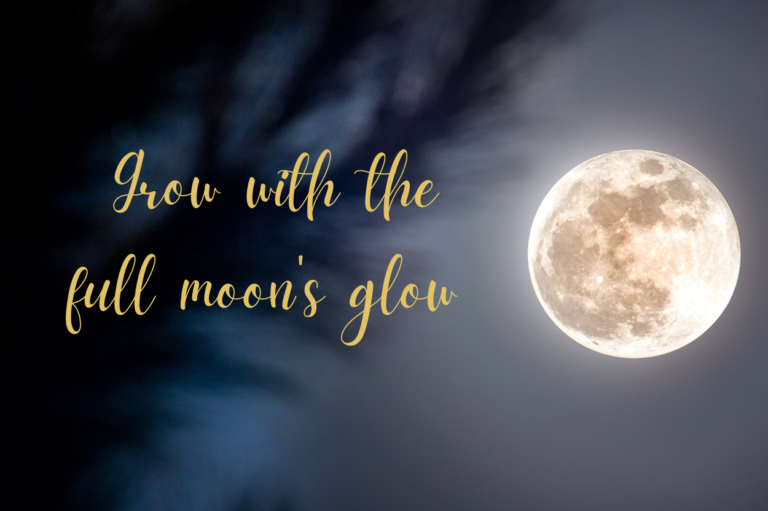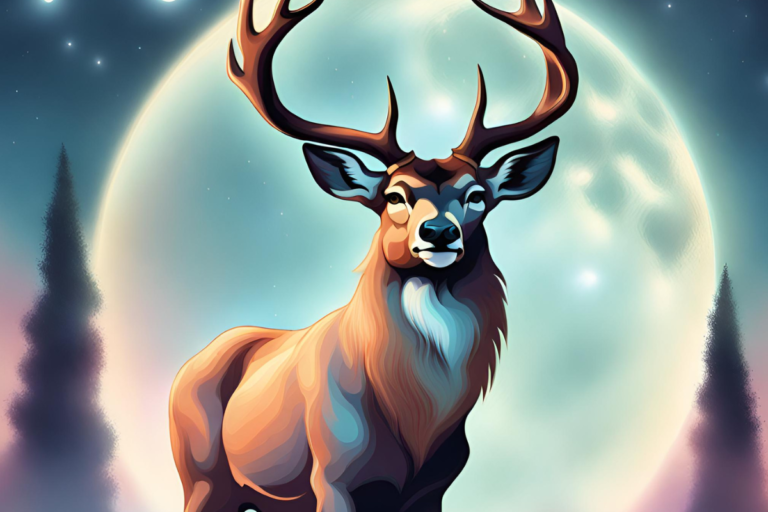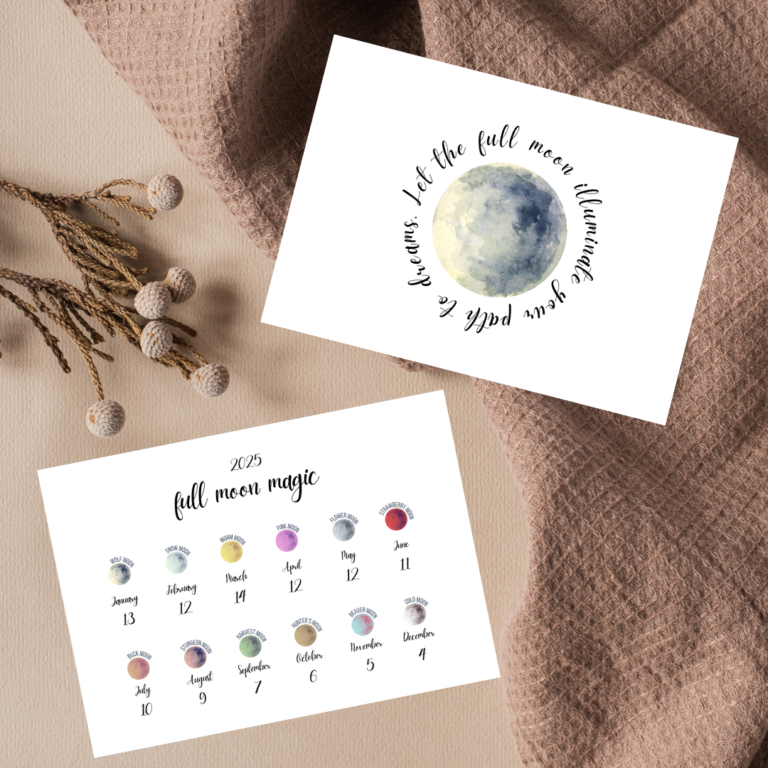As we approach the magical occurrence of the Full Strawberry Moon on June 21, 2024, the cosmos offer us a unique moment to connect with the natural cycles of the Earth and reflect on the rich cultural heritage this celestial event embodies.
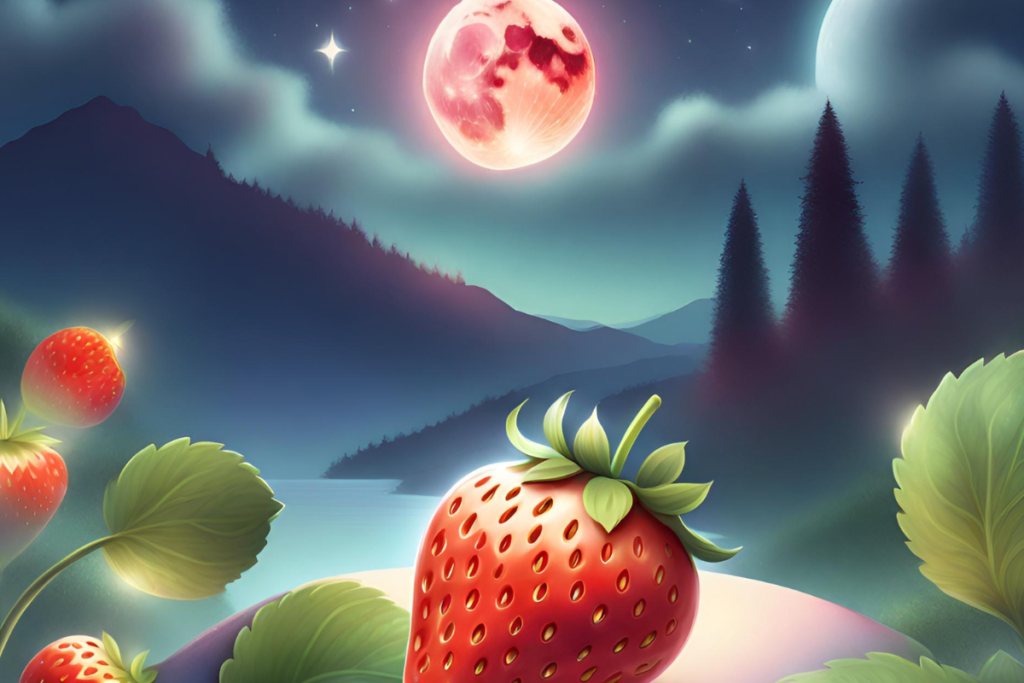
What is the strawberry moon?
The Strawberry Moon, an enchanting spectacle in the lunar calendar, is the name given to the full moon that graces the sky each June. This name, deeply rooted in Native American tradition, marks the ripening of strawberries, a signal for their harvest season.
Contrary to its name, the moon does not take on a strawberry hue. Instead, it shines with its usual luminous glow, symbolizing the bounty of nature and the rhythms of agricultural life.
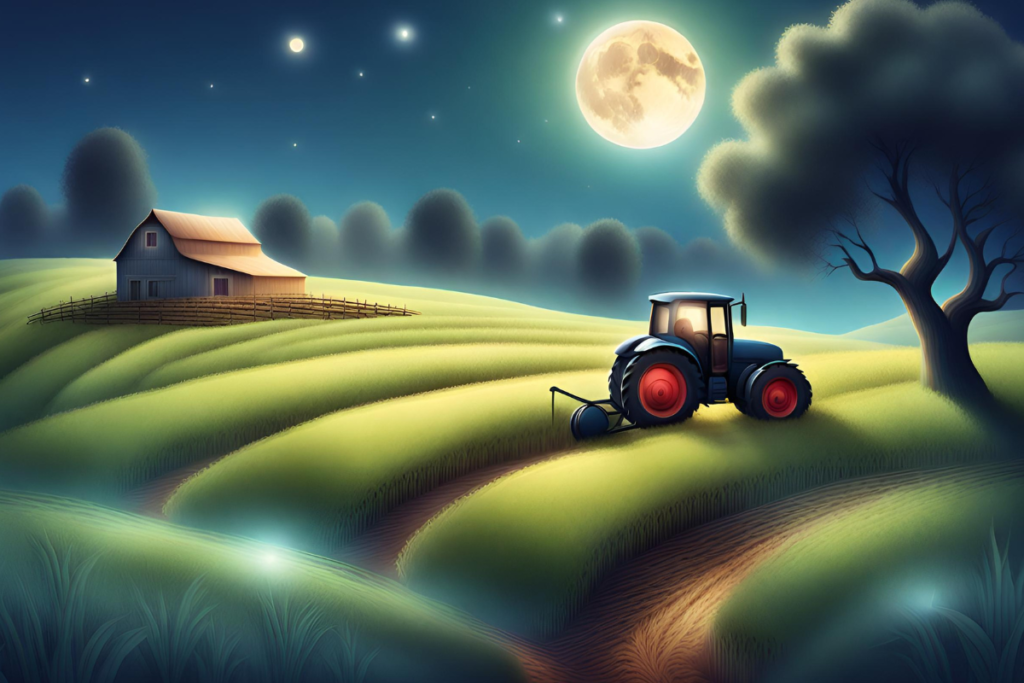
The Strawberry Moon is more than just a beautiful lunar event; it is a testament to the intertwined relationship between nature and human life. For the ancient tribes, each full moon had a unique name and significance, serving as a natural calendar that guided their seasonal activities.
The Strawberry Moon reminds us of this deep connection, urging us to honor the traditions and wisdom passed down through generations.
When does the strawberry moon occur?
The Strawberry Moon occurs annually in June, usually in the middle of the month. It marks either the last full moon of spring or the first full moon of summer, depending on the calendar year. This timing is significant as it coincides with the peak of the strawberry harvesting season in North America.
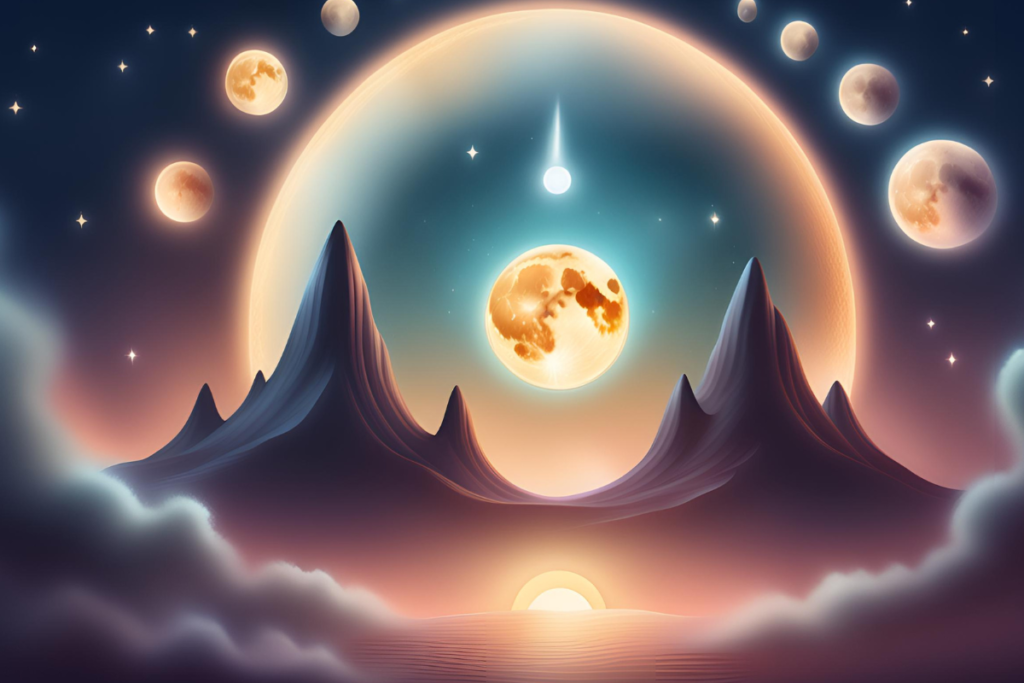
Astronomically, the Strawberry Moon happens when the moon is positioned directly opposite the sun, with Earth in between, resulting in a fully illuminated moon. The lunar cycle, which lasts approximately 29.5 days, causes the specific date of the Strawberry Moon to vary each year. In 2024, the Strawberry Moon will captivate sky-watchers on June 21, offering a perfect midsummer spectacle.
Geographical location can influence the visibility of the Strawberry Moon. In some regions, the full moon might appear a day earlier or later due to time zone differences. Regardless of where you are, this celestial event remains a universally captivating phenomenon, drawing the gaze of moon enthusiasts and casual observers alike.
Why is it called strawberry moon?
The connection between the moon and the strawberry harvest is a reflection of the intimate relationship early societies had with the natural world. For these communities, the moon’s phases were not just a source of wonder but a practical tool for survival.

The Strawberry Moon was a signal to begin gathering one of the season’s most important fruits, which were not only a dietary staple but also held cultural and ceremonial significance.
Today, the name continues to evoke a sense of nostalgia and respect for the harmonious relationship between humans and the environment.
For more insights on embracing natural cycles and personal growth, check out our article on Embracing Change: A Mindful Approach.

